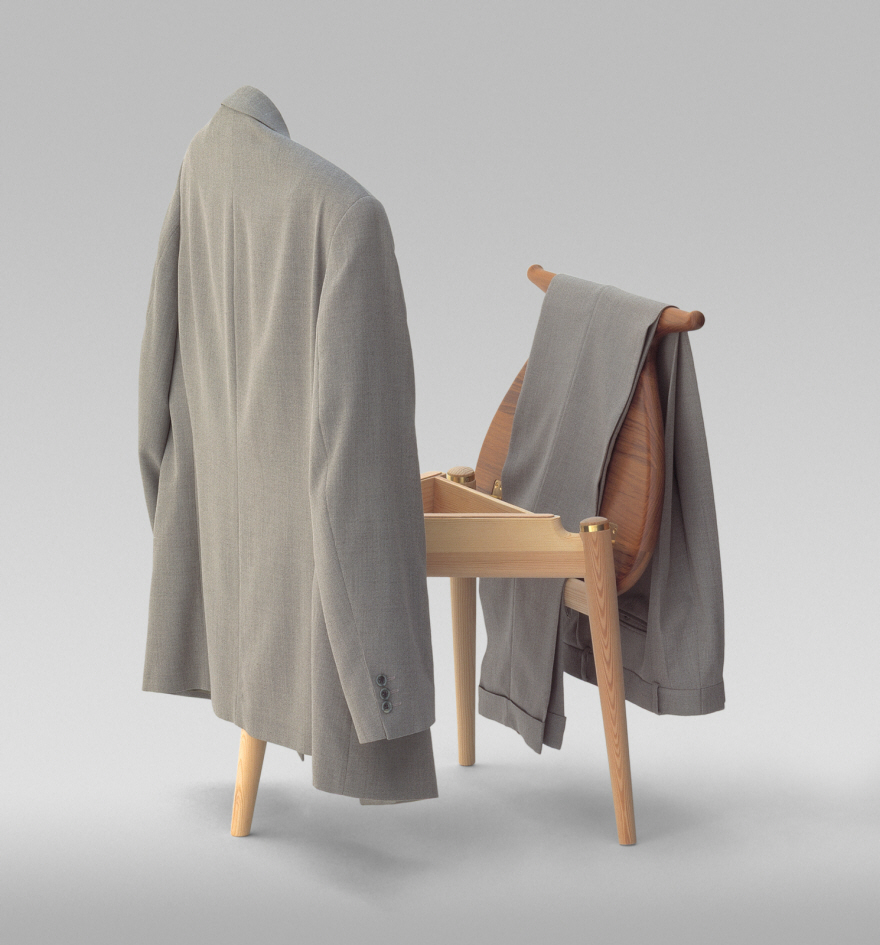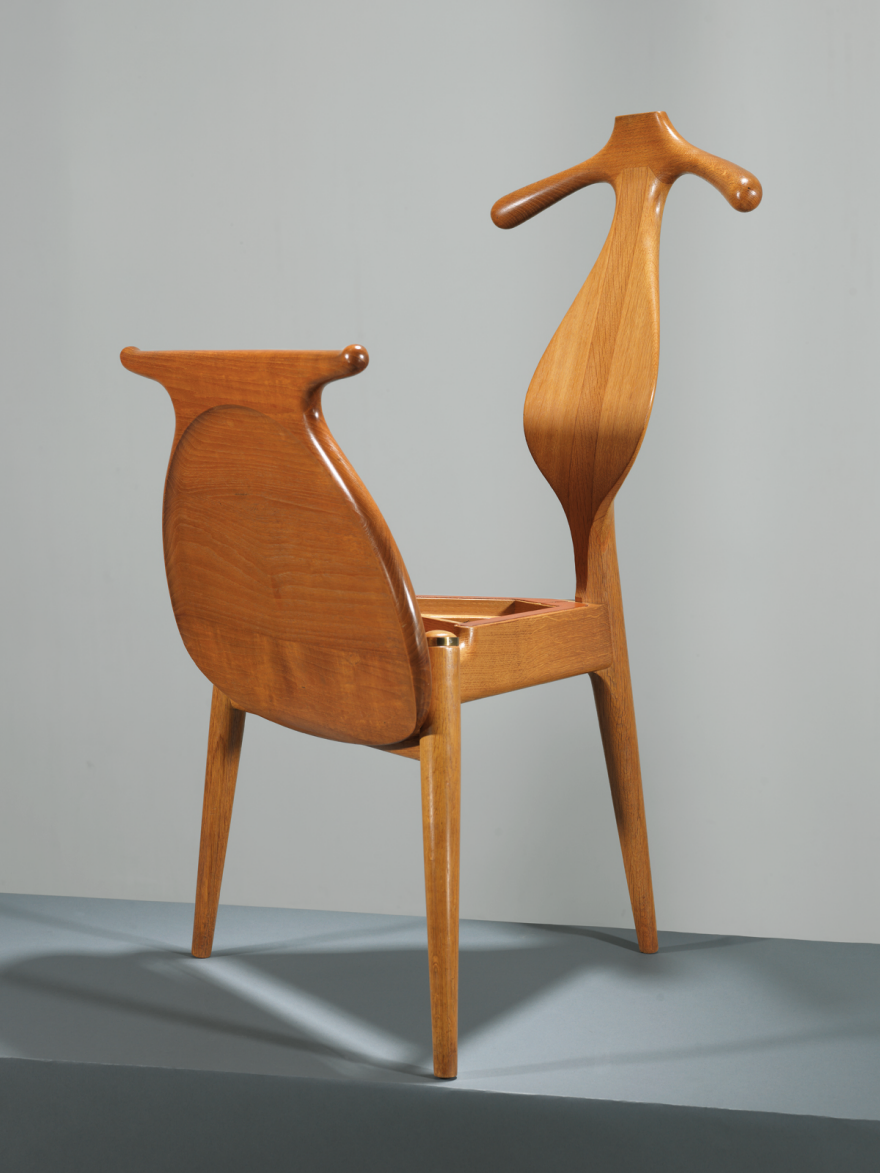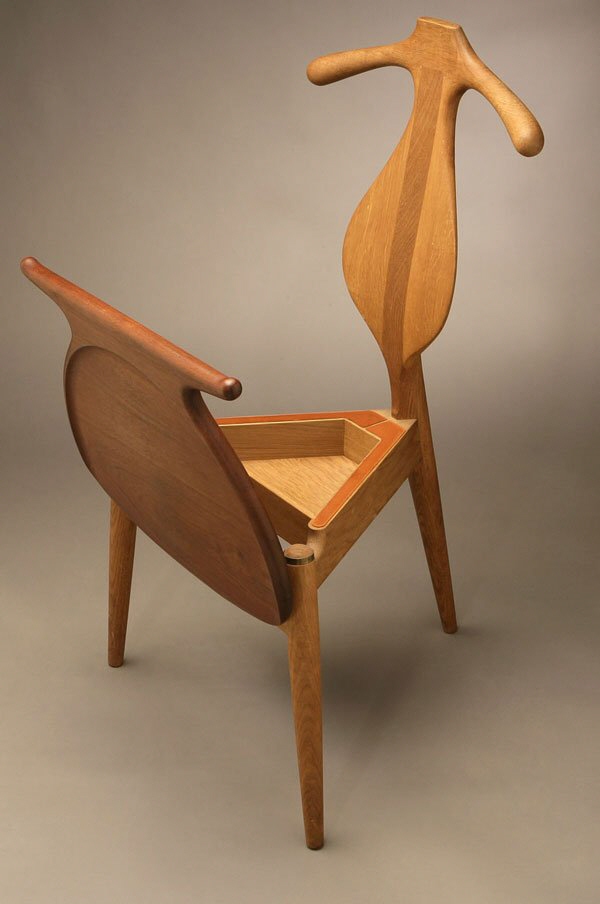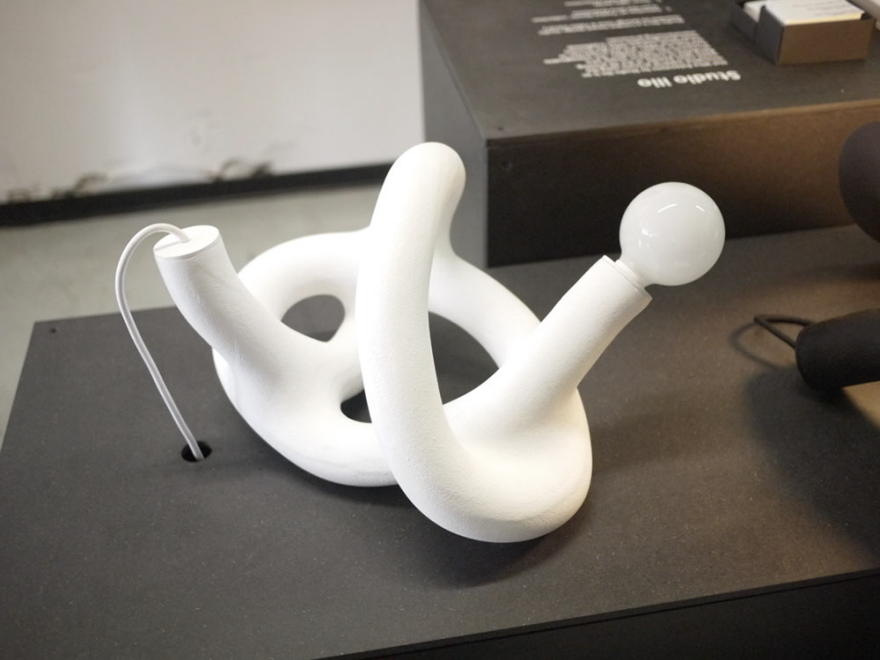During this year's Triennial exhibition in Milan, Portugal is offering an extensive program of exhibits and workshops that reflect on the critical and social potentials of design. Under the general theme "Objects After Objects"—which echoes the Triennial's theme this year, "Design After Design"—a series of curators were invited to interpret the state of contemporary design practice in Portugal.
Within the larger show, design writer José Bártolo curated New Practices in Design, a small exhibition highlighting 13 emerging designers from Portugal. The selected objects exemplify an approach to design that values experimentation, aesthetic innovation and social responsibility. Below are five of our favorite works on display:
Core by Samuel Reis

Many trees suffer from internal decay that rots their inner cores and leaves them hollow, a structural blow that often leads to the tree's destruction. Samuel Reis uses this void to create drinking vessels made of blown glass, molded from the hollow core of a carob tree.
Bees by Susana Soares

Scientific research has demonstrated that bees have an extraordinarily acute sense of smell and can be trained to perform health checks by detecting specific odors in peoples' breath. This cocneptual project proposes a series of alternative "diagnostic tools" that use bees to diagnose the early stages of a variety of diseases.
The Journey by Fernando Brízio

Much of Fernando Brízio's ceramic works allow chance to impact his process. To create this series of vases, he loaded still-wet clay forms into the back of a Land Rover and drove along a predetermined route, causing the vases to move along with the motion of the car and retain the shape of their movement in their final, lopsided form.
Kite by Manuel Amaral Netto

This simple suspension lamp—Netto's student diploma project—is inspired by the immateriality of light. A lightweight structure of suspended strings holds together a light source and a diffuser, which can be easily moved to guide the light toward different areas.
Filter Mirror by Luís Nascimento

Filter is a table mirror inspired by the proliferation of photo apps which seem to suggest that the more filters you apply to your original images, the better it gets. The mirror (whose stand is made of marble) can adopt five different positions in the user's search for the perfect angle and has two filters on either side, a golden one and a blue one.
"Objects After Objects" will be on view at the Leonardo da Vinci National Science and Technology Museum as part of the XXI Triennale di Milano through September 12, 2016.















































































































